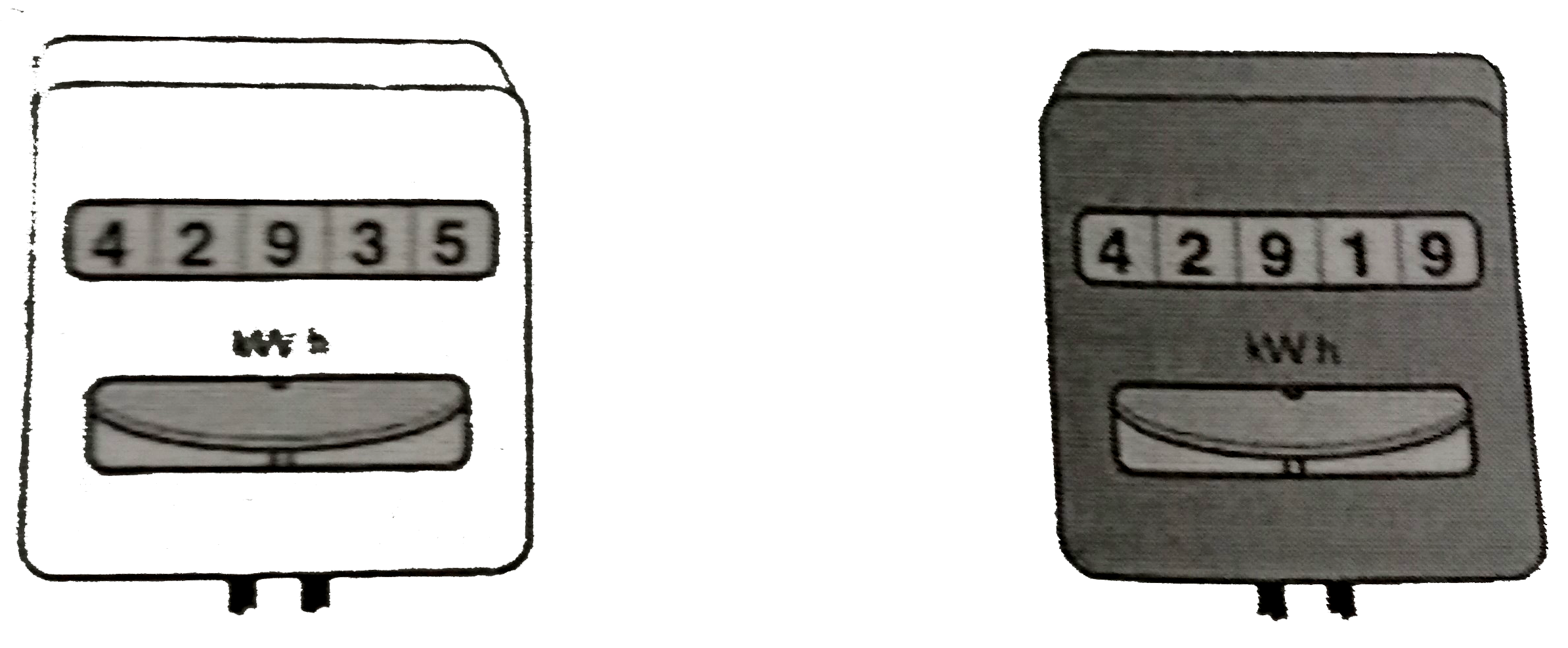Our monthly electricity bill contains a basic charge, which does not change with number of units used, and a charge that depends only on how many units we use. Let us say electricity board charges Rs. 110 as basic charge and charges Rs. 4 for each unit we use. If a person wants to keep his electricity bill below Rs. 250, then what should be his electricity usage?
The correct Answer is:Rs. 250
Topper's Solved these Questions
- BASIC ALGEBRABook:NCERT TAMILChapter:BASIC ALGEBRAExercise:EXERCISE 2.1
Explore 4 Videos
- BASIC ALGEBRABook:NCERT TAMILChapter:BASIC ALGEBRAExercise:EXERCISE 2.2
Explore 9 Videos
- APPENDIX 2 MATHEMATICAL MODELLINGBook:NCERT TAMILChapter:APPENDIX 2 MATHEMATICAL MODELLINGExercise:EXAMPLE
Explore 6 Videos
- BINOMIAL THEOREM Book:NCERT TAMILChapter:BINOMIAL THEOREM Exercise:Miscellanous exercise on chapter 8
Explore 10 Videos
Similar Questions
An electric field us applied to a semiconductor.Let the number of charge carriers be n and the average drift speed be v.If the temperature is increased,
View SolutionAn electric field us applied to a semiconductor.Let the number of charge carriers be n and the average drift speed be v.If the temperature is increased,
View Solution
Knowledge Check
Which of the following units could be used to measure electric charge?
AampereBjouleCvoltDcoulombRaman bought a room heater of a reputed brand for Rs. 1,500, but it caused an electric shock while it was being used. Raman wants to exercise his 'right'. Identify the 'right' under which he can be protected?
ARight to seek redressalBRight to be chooseCRight to be informedDRight to consumer educationThe laboratory should be made into a place of interest and activity.Which of the following processes uses electrical charges to separate substance?
ASpectrophotometryBChromatographyCCentrifugationDElectrophoresis
A spherical shell is uniformly charged with the surface density σ. Using the energy conservation law, find the magnitude of the electric force acting on a unit area of the shell.
View SolutionAs is known, all mater is made up of atoms/molecules. Every atom consits of a central of a central core, called the atomic nucleus, around which negatvely charged electrons revole in ciruclar orbits. Every atom is electrically neutral. Containing as many electron as the number of protons in the nucleas.
Thus, even though normally, the materails are electrically neutral, they do contains charges, but thier charges are exactly balanced. The vast amount of charge in an object is usually hidden as the object is usually hidden as the object is said to be electracally neutral charge. With such an equality or balance of charges the object is said to be electrically neutral or uncharged. To electrify or charge a neutral body, actully transfer to the other body. The body which gains electrons become negatively charged and the body which loses electrons becomes positivelyh charged. Further, like charges repel adn unlike charges attract.
Read the above passage and answer the following questions :
(i) Every body, whether a conductor or an insulator is electrically neutral. Is it true ?
(ii) Charging lies in charge imbalance, i.e, excess charge, comment.
(iii) How do you visualize this principle being applied in our daily life ?
View SolutionA household uses six electric tubes of rating 18 W each for 6 hours each day. calculate the electricity bill of the household for the month of april if the cost per unit of electric energy is rs.4.00
View SolutionA boy noted the readings on his home's electricity meter on Sunday at 8AM and again on Monday at 8 AM

(a) What was the meter reading on Sunday?
(b) What was the meter reading on Monday?
(c) How many units of electricity have been used?
(d) In how much time these units have been used?
(e) If the rate is Rs 5 per unit, what is the cost of electricity used during this time?
View SolutionAn electric appliance rated 400 W is used 5 hours per day in the month o June. If the cost of a unit is ₹3.00 , find the energy bill for June.
View Solution
